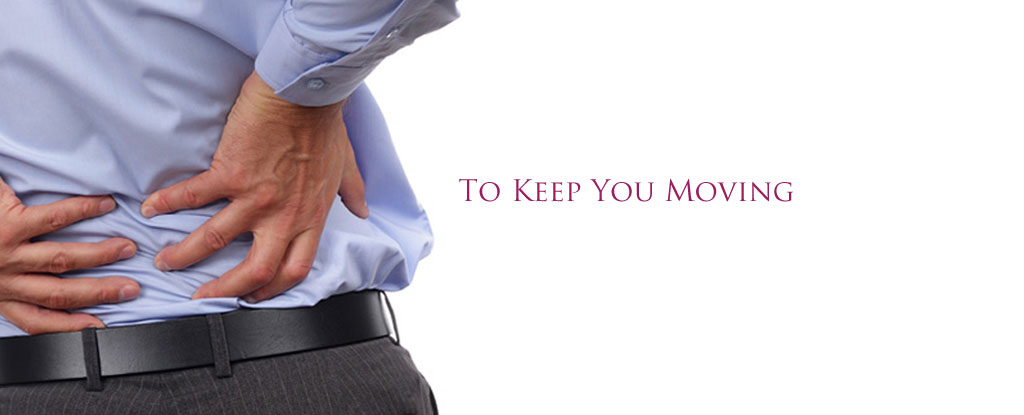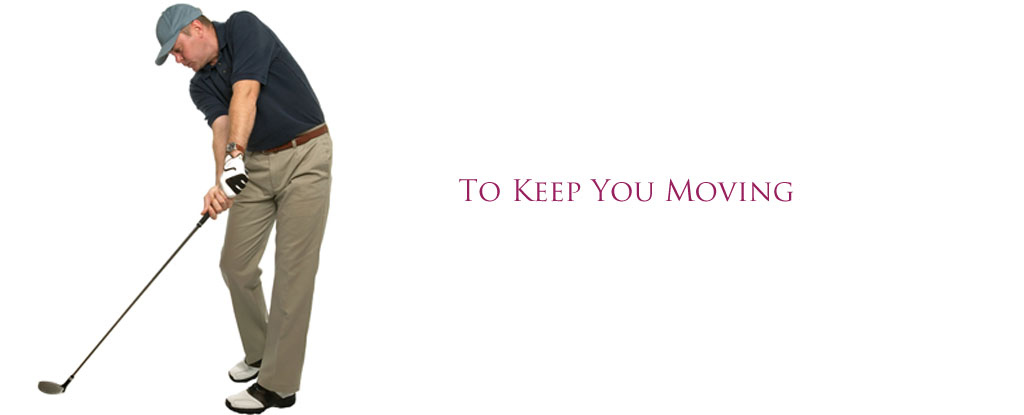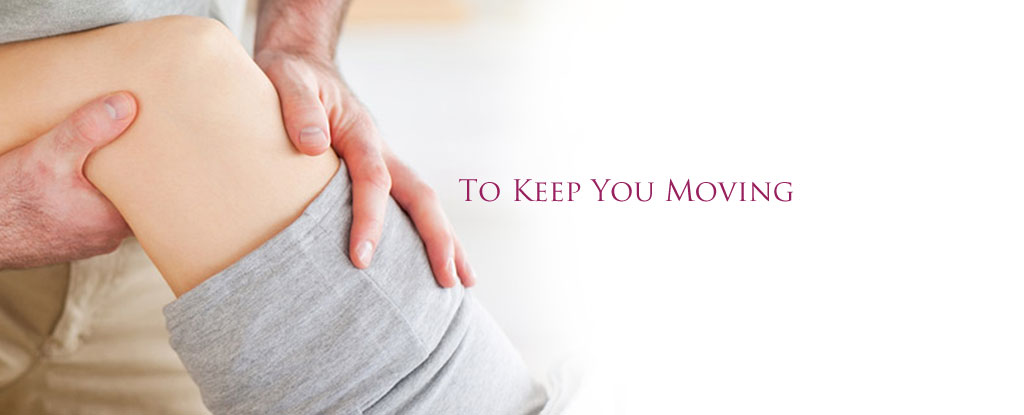Physiotherapy in Sidney for Baseball
There are many possible causes of shoulder pain in the overhead-throwing athlete. With six phases of the baseball pitch (wind up, early cocking, late cocking, acceleration, deceleration, and follow-through), there are many places where the neurovascular structures (nerves and blood vessels) can get pinched or compressed.
In this report, the authors walk us through all the most common causes of shoulder pain from an anatomical approach. They suggest that before a proper rehab program can begin, it's important to find out which structures of the shoulder are involved. They provide beautifully colored illustrations of shoulder anatomy to assist the reader in identifying the location of those structures.
It could be there's a problem with the way the scapula (shoulder blade) is moving. Perhaps there is something wrong inside the shoulder affecting the shoulder capsule and/or labrum. The capsule is a fibrous envelope that surrounds the shoulder joint giving it support and stability. The labrum is a dense fibrocartilage ring that is firmly attached around the shoulder socket. It provides depth and stability to the joint.
Sometimes the athlete has a rotator cuff tendinitis or even a rotator cuff tear. There could be a nerve palsy (paralysis), bursitis, or impingement (something is getting pinched). Whatever the cause, early diagnosis and treatment is the key to preventing a more serious injury. Getting the athlete back into the game as soon as possible is the goal.
All of that sounds pretty simple and straightforward. But it's really quite a challenge to figure out what's going on to cause pain and dysfunction in the shoulder of the throwing athlete. For one thing, the pitch is fast. There's not much time to analyze which phase of the pitch is the point of breakdown. The biomechanical stresses on the different shoulder structures change quickly from the initial wind up to the final follow-through.
Each part of the shoulder complex from the scapula to the shoulder to the fingertips must work together in a complex series of coordinated motions. This is called the kinetic chain. Anything that alters the smooth transfer of energy along the kinetic chain can increase force produced by the shoulder. That's when pain develops. Something has to give in order to keep up the pitching speed and control of the ball.
So how does the sports medicine specialist diagnose the problem? The authors recommend starting with a pitching and shoulder pain history. Information collected from the patient and/or family includes age the patient first started pitching and age at which different pitches were first thrown.
The examiner will also ask about number of years throwing, number of pitches, and type of pitches. Other data factored into the evaluation includes amount of complete rest from throwing in a year's time, ratio of fastballs to breaking balls thrown, and history of injury or previous treatment to the throwing shoulder.
The exam will be compared to the other shoulder to get an idea of the patient's normal motion, strength, and flexibility. It won't be an exact match but close enough to get an idea of the patient's profile. The shoulder complex will be tested for stability. Scapular position, motion and function will be assessed. From these tests, the source of shoulder pain can be narrowed down to the rotator cuff, the capsule, the labrum, the scapula, or the neurovascular structures.
Specific details for each of these structures are discussed. Rotator cuff injuries are first recognized by the symptoms -- diffuse pain that's worse when throwing overhead and worse at night. The pain may travel down the arm to the elbow. The symptoms come on slowly when the problem was caused by repetitive loads on the shoulder from throwing over and over. Acute (traumatic) injuries are more likely to develop symptoms suddenly rather than over a period of weeks to months.
If you picture the movements that the shoulder goes through, it's easy to see how the back half and bottom of the capsule gets tight, forming a contracture. The front of the capsule gets stretched out from the position of cocking the arm back behind the head in order to throw it. The back half of the capsule doesn't get that kind of stretch and may even tighten in an attempt to stabilize the shoulder as the arm and hand accelerate forward.
Capsular tightness or imbalance can lead to a loss of shoulder internal rotation, which then leads to a capsular-labral tear. Scapular problems can also develop when there is a tight posterior capsule (along the back of the shoulder joint). Improper positioning and movement of the scapula (called scapular dyskinesia) often leads to painful shoulder impingement. Shoulder problems involving these structures might put an end to pitching before the season even begins.
And finally, the authors devote a long section of the article to address painful shoulder problems caused by neurovascular disorders. Thoracic outlet syndrome, axillary artery thrombosis, aneurysm, and nerve palsy are the most likely neurologic or vascular problems encountered by the overhead-throwing athlete. Numbness and tingling of the fingers, loss of velocity when throwing the ball, shoulder pain, and a sense of heaviness or aching of the arm are the first signs of a possible nerve or blood vessel getting pinched, pulled, blocked, or compressed.
What can be done to prevent these complex, difficult-to-treat shoulder problems in the overhead-throwing athlete? First of all, being aware of the potential problems may help pitchers follow guidelines for limiting the number and types of pitches. That includes practices and games, not just games. Careful accounting is especially important in areas of the country where baseball is played year-round.
Second, preventive stretching of the capsule will help throwers who are developing or who already have a loss of internal rotation from capsular contracture (tightness). Year-round training including strengthening, conditioning, and stretching is advised both for year-round athletes and for those who are in the off-season. This type of program can help maintain a strong and healthy rotator cuff, prevent impingement of soft tissues or the neurovascular structures, and prevent injuries.
Third, the athlete should be encouraged to seek treatment as soon as pain occurs or an injury develops. The importance of early intervention is stressed. A program of conservative (nonoperative) care can make all the difference -- even preventing more drastic measures such as surgery.
Athletes will follow a rehab program to condition them for full return to their former level of play. If these measures fail, then the appropriate surgery may be recommended. Since surgery will delay full recovery, every effort is made to provide a conservative program (including rehab) to address all of the upper quadrant complex (e.g., strength, flexibility, coordination, motion).
However, the athlete should be prepared that although most problems caught early enough are treatable, it does take time (as much as six to nine months' time). In terms of getting back into the game, this is still better than one to two years with surgery, recovery, and rehab.
Reference: Shane T. Seroyer, MD, et al. Shoulder Pain in the Overhead Throwing Athlete. In Sports Health. March/April 2009. Vol. 1. No. 2. Pp. 108-120.





